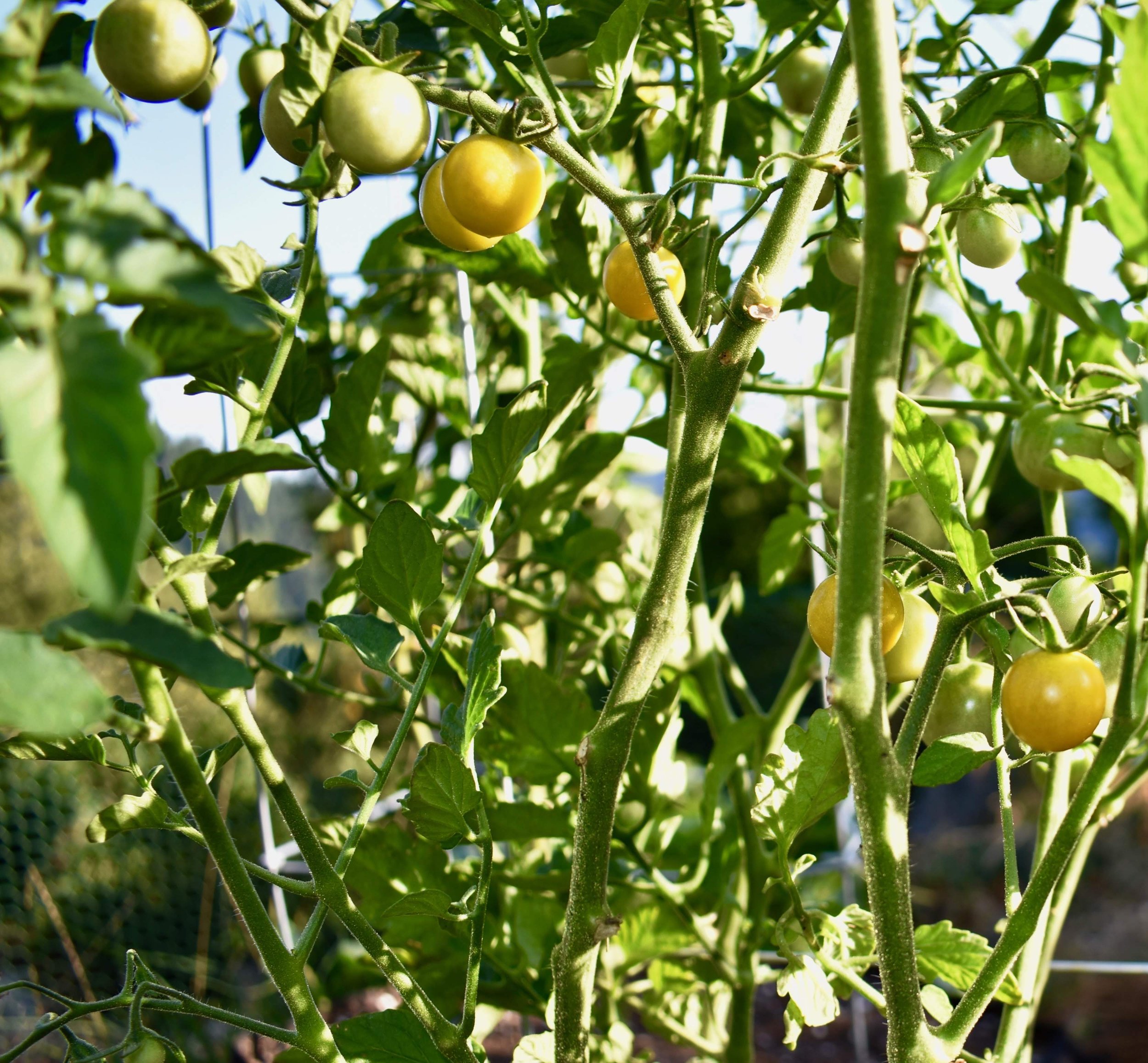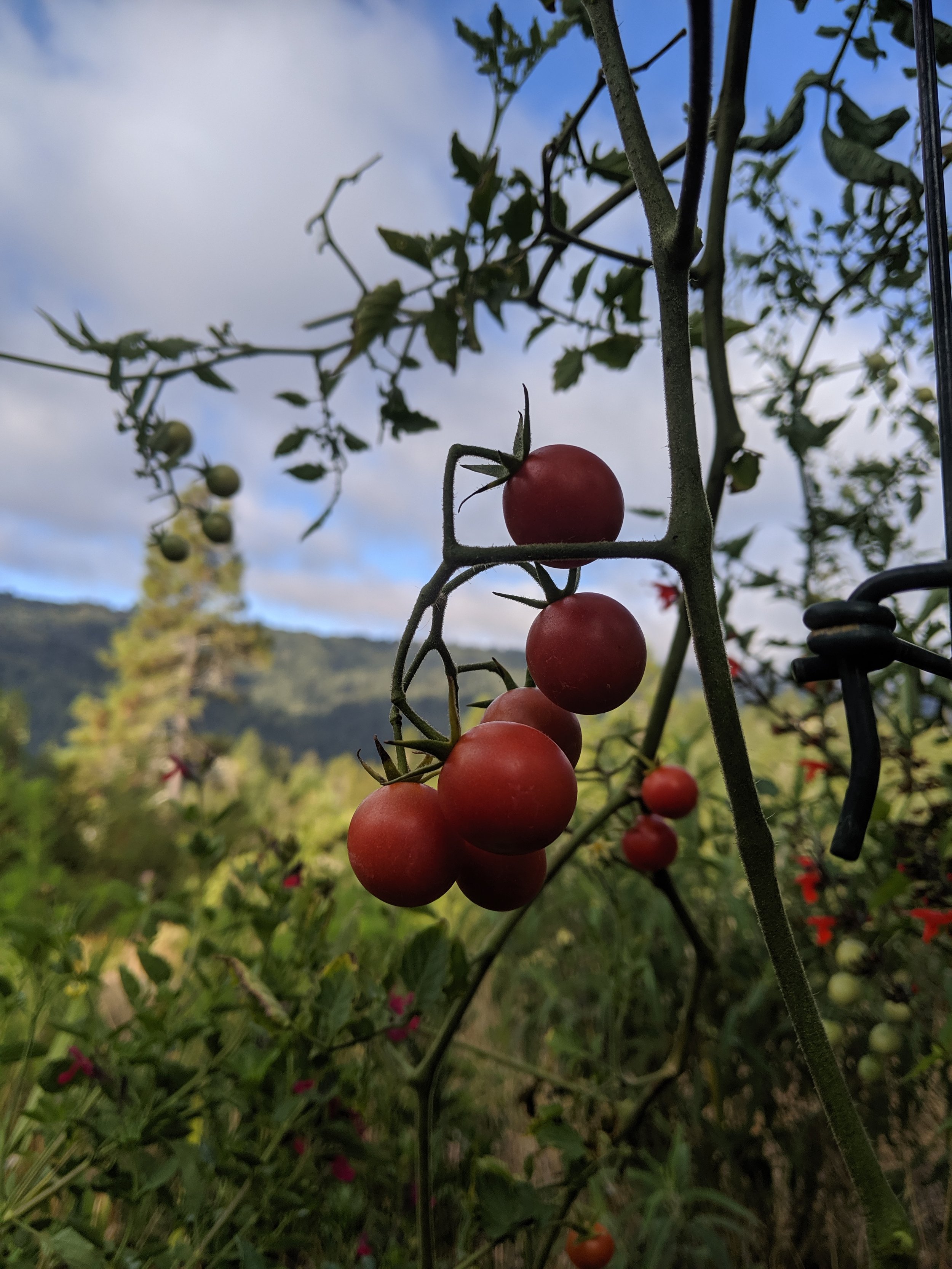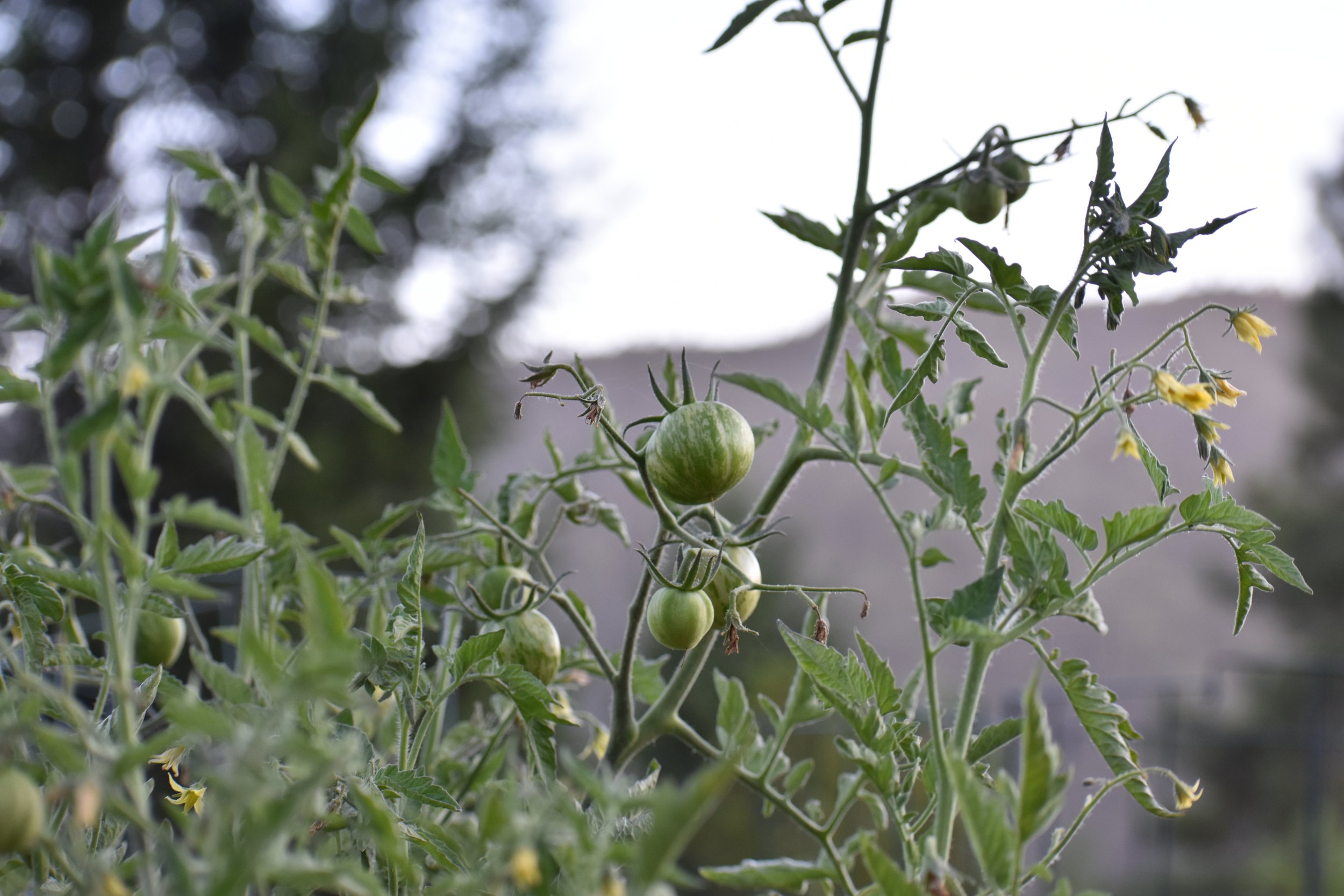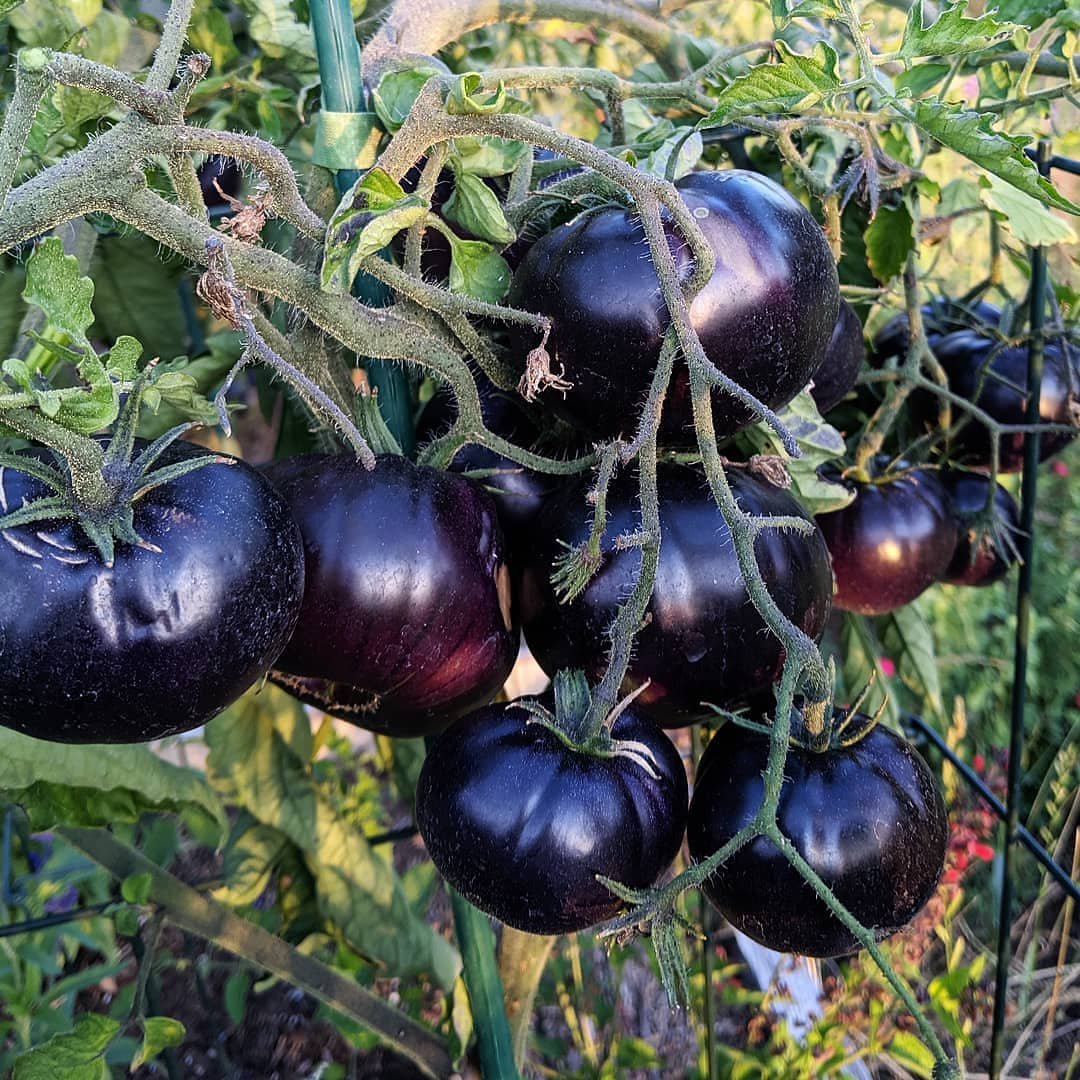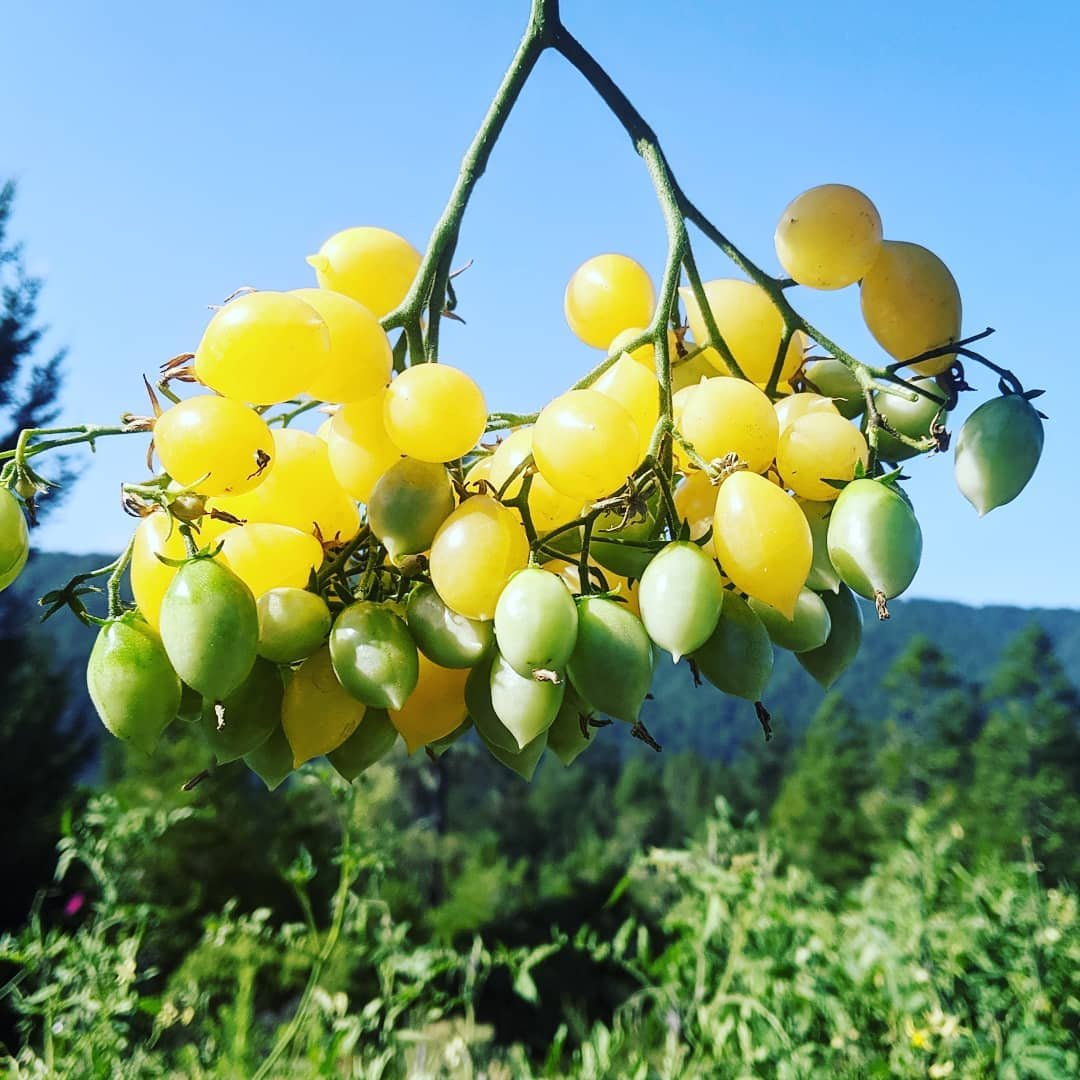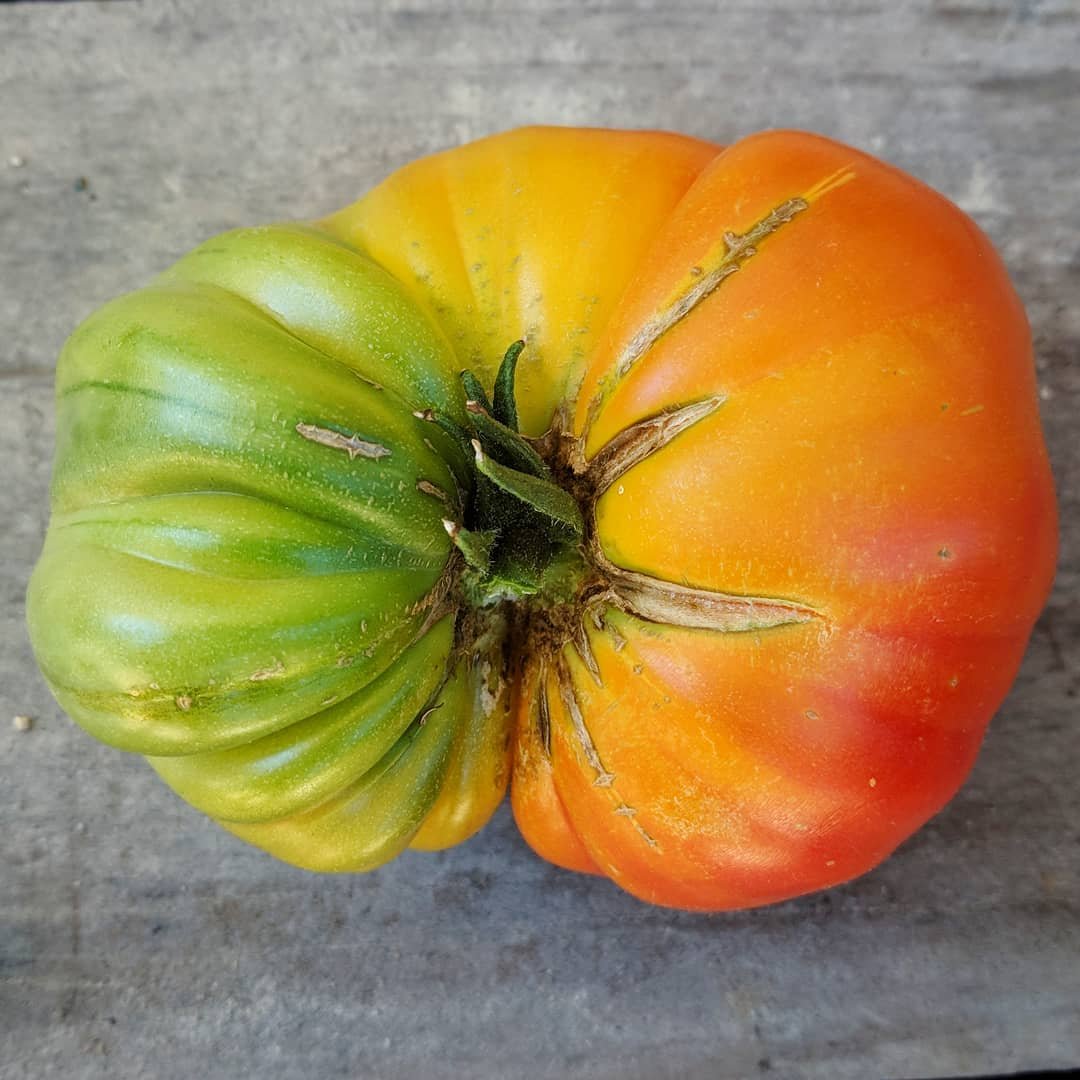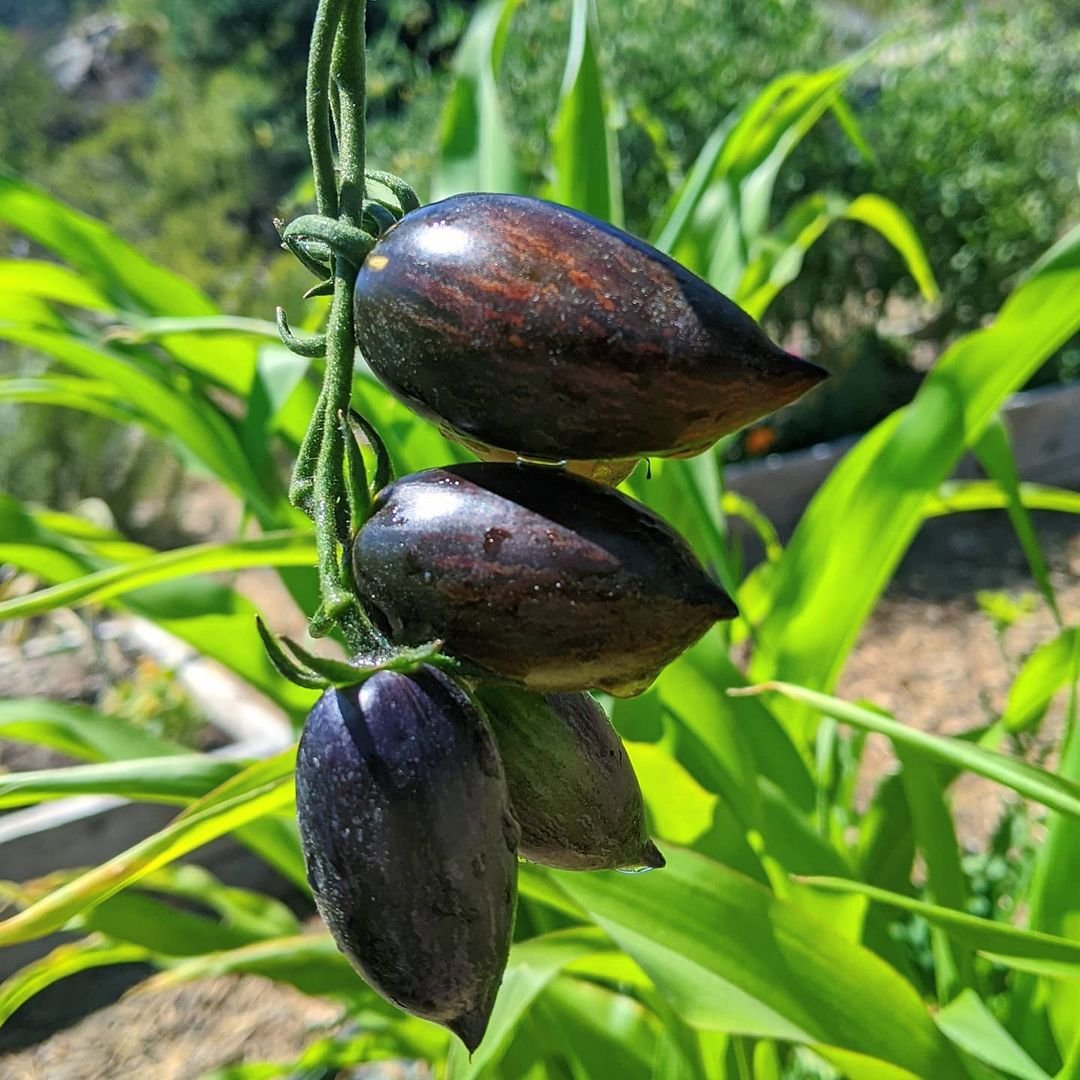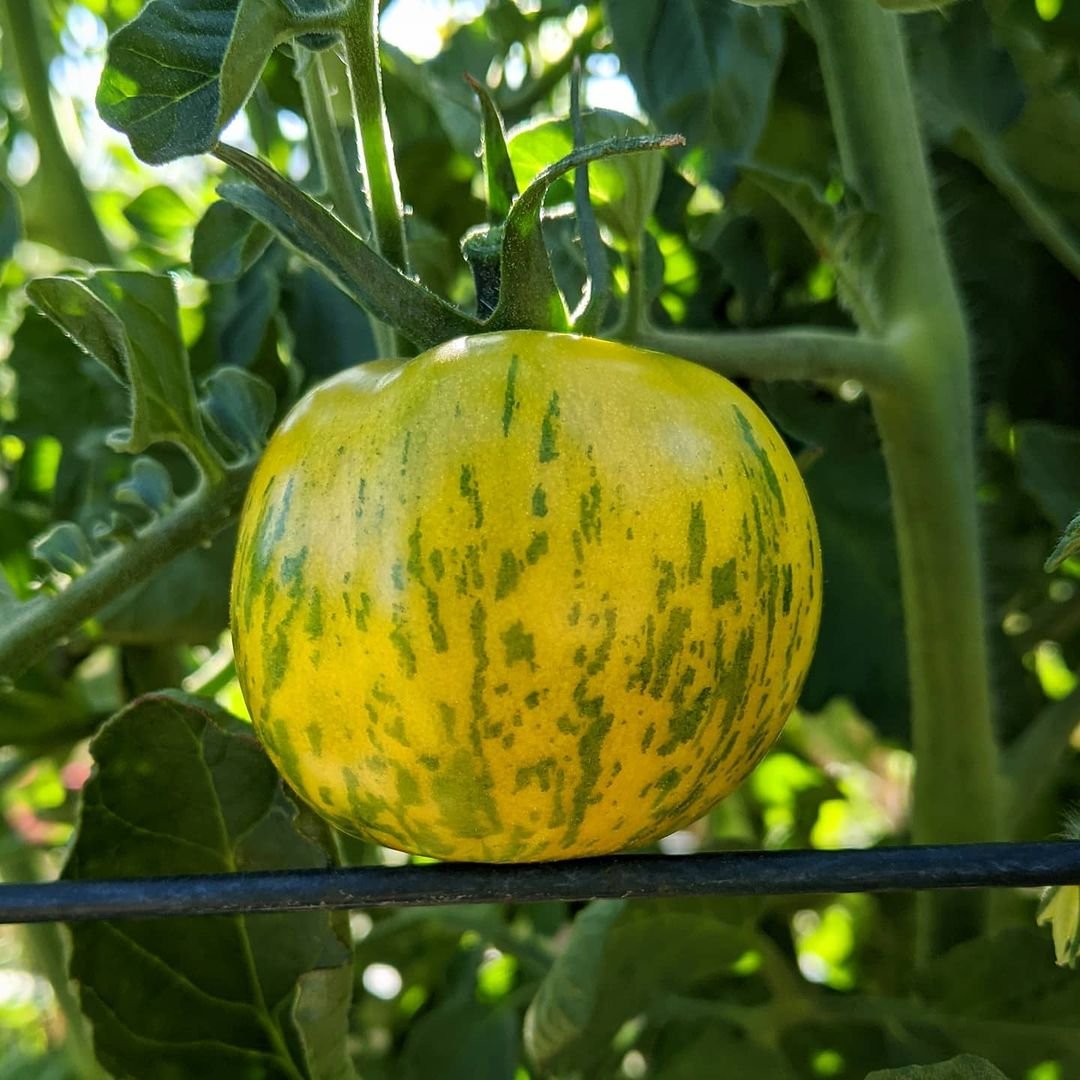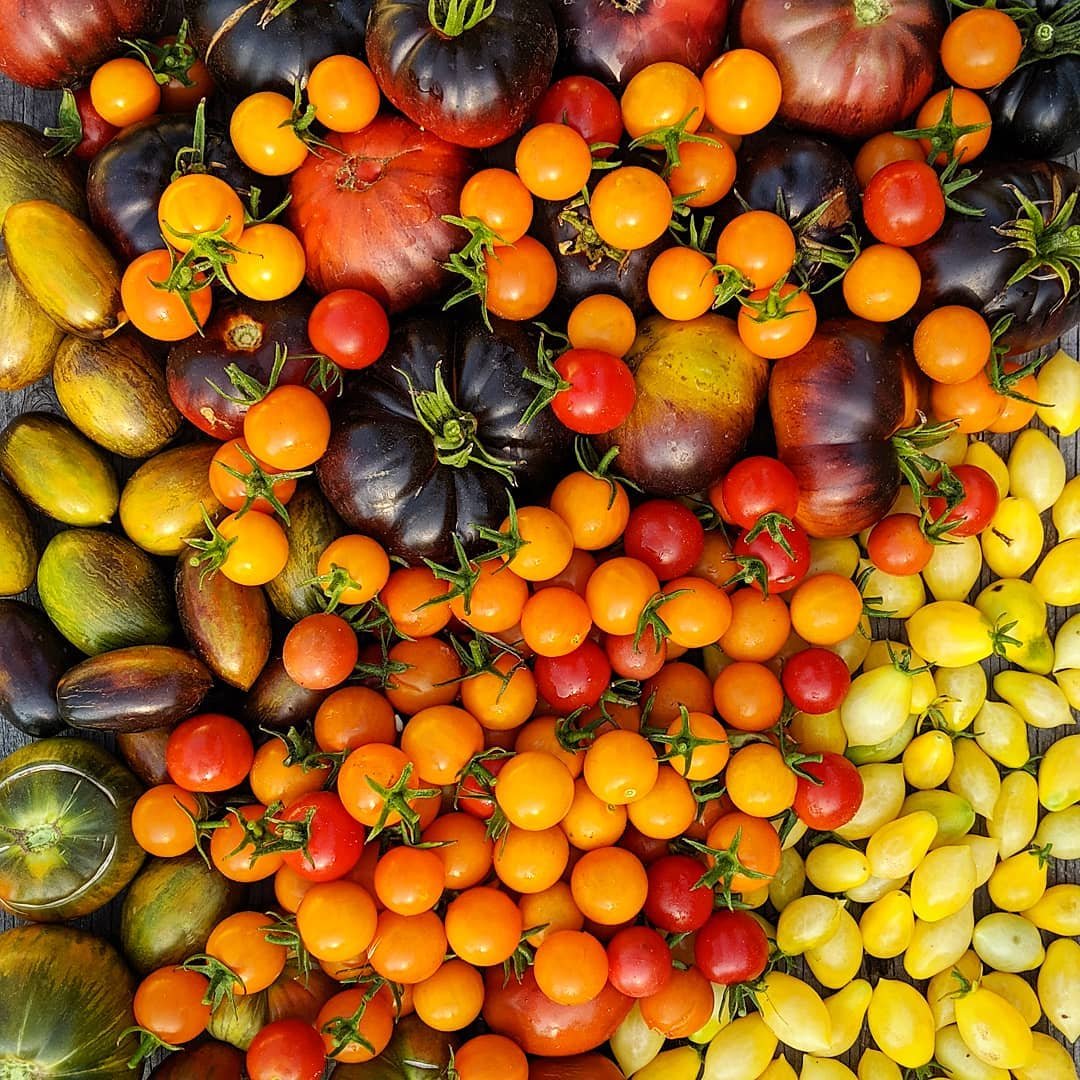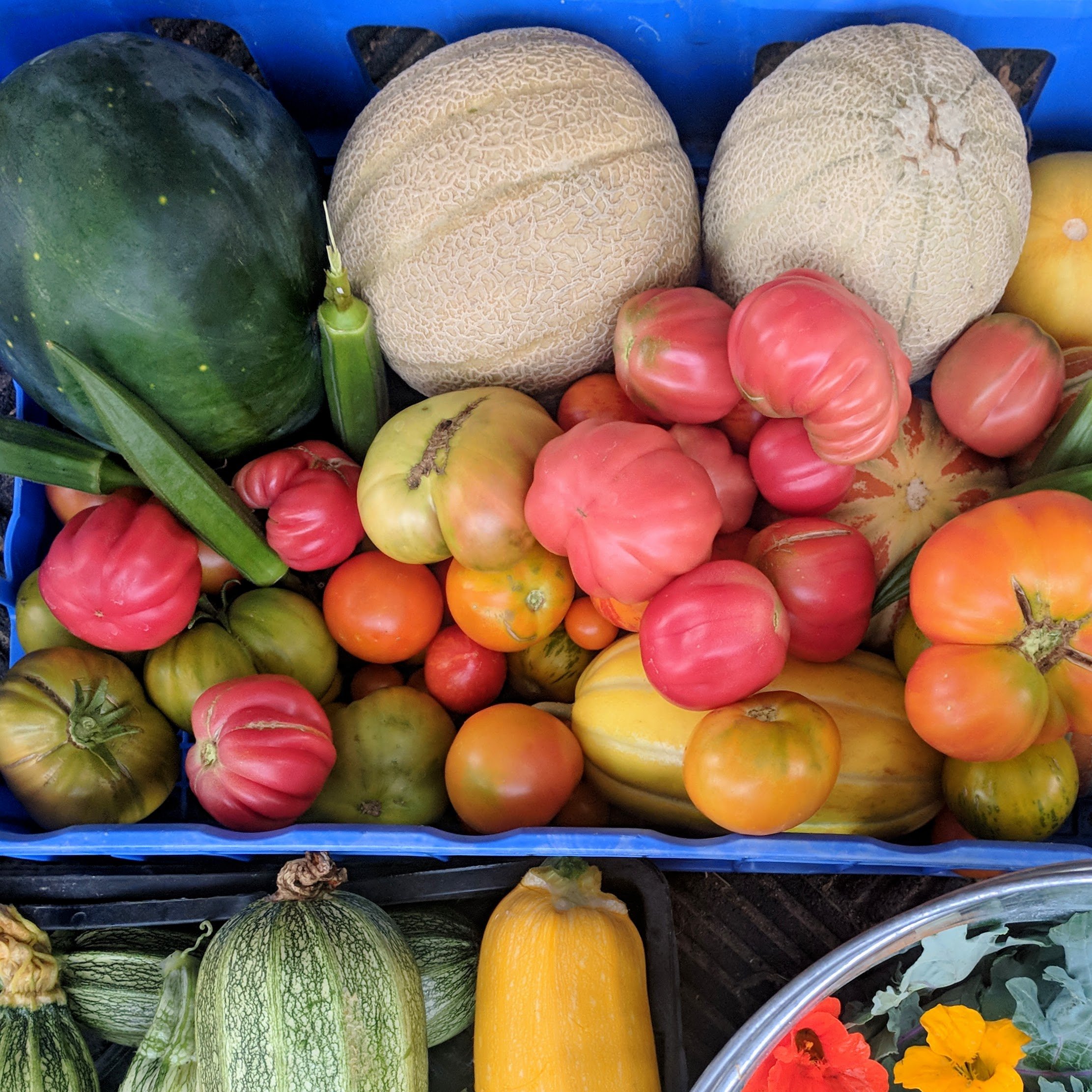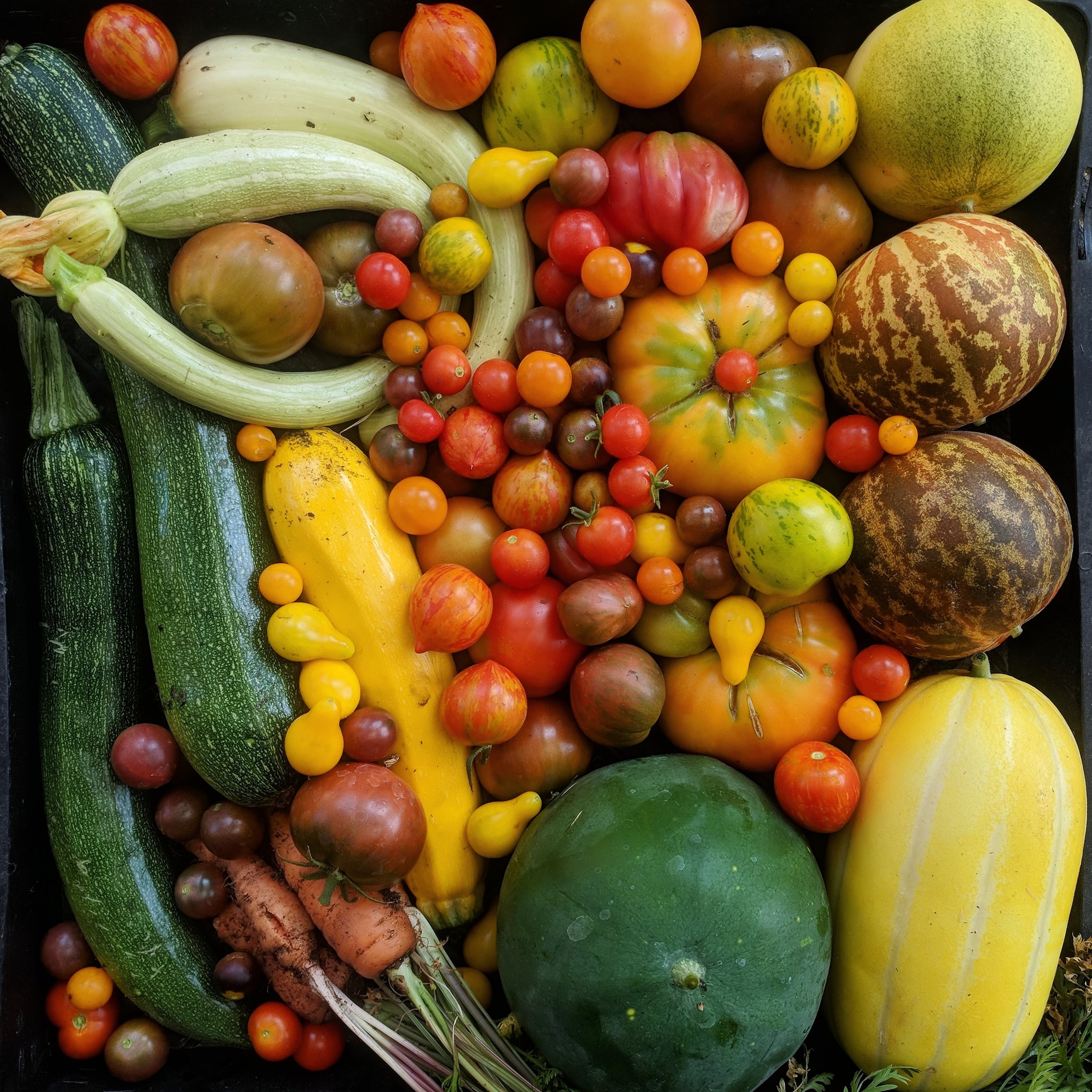Tips for Growing the Best Tomatoes in Your California Garden
Mastering the Art of Tomato Gardening in California
Growing tomatoes in California can initially seem tricky, but it's all about understanding what these vibrant plants need to thrive. With the state's warm climate and plenty of sunshine, you've got a head start. Key to success? Start with choosing the right tomato varieties. Look for ones that love the heat and can handle a Californian summer. Watering is your next big play. These plants need a steady drink, but not too much. Over-watering is as bad as under-watering, so find that sweet spot. And let's not forget about the soil – it's the foundation of your garden. Rich, well-draining soil packed with organic matter makes tomatoes happy. Growing tomatoes here isn't just about throwing seeds in the ground. It's about strategy, attention, and a bit of love. So, let's dive in and make your tomato garden a California dream.
Select the Right Tomato Varieties for California Climate
Choosing the right tomato varieties is crucial for success in California's unique climate. Not all tomato types will thrive in California, where the weather ranges from sunny coastal breezes to the hot, dry inland. You should look for varieties known to do well in California's varied conditions. For starters, consider heat-tolerant tomatoes like 'Heatmaster', 'Solar Fire', and 'Sun Gold' for those scorching inland areas. These varieties can withstand the heat without compromising on taste or quality. If you're closer to the coast, where it's cooler, opt for 'Early Girl', 'San Francisco Fog', or 'Oregon Spring', which don't need as much sun and heat to flourish. Remember, matching the tomato variety with your local climate is key. This simple step sets the foundation for a bountiful tomato harvest.
Preparing Your Garden: Soil and Location
Your garden's soil and location are key to growing the best tomatoes. Start by picking a spot that gets at least 6 hours of direct sunlight daily. Tomatoes love the sun; the more, the better. Next up, soil - it's all about good drainage and nutrient-rich earth. If your garden's soil is more clay than a nutrient haven, consider mixing in compost or manure to improve its quality. Tomatoes thrive in slightly acidic to neutral soil (pH 6.5 to 7.0). You can easily test the soil's pH with a kit from your local garden store. If the pH isn't ideal, adding garden lime or sulfur can help adjust it. Remember, tomatoes are picky, but get the soil and location right, and you're halfway to harvesting juicy, delicious tomatoes right from your California garden. Keep it sunny, keep it nutrient-rich, and watch your tomatoes bloom.
Planting Tips for Tomato Success
To grow the best tomatoes in your California garden, start by picking the right spot. Tomatoes love sunlight, so find a place that gets at least 6 to 8 hours of direct sun every day. Use good quality soil – tomatoes thrive in well-draining, nutrient-rich soil. Consider mixing in compost to give them a boost. When planting, space your tomato plants about 2 to 3 feet apart to ensure they have room to grow and airflow to prevent disease. Water deeply but not too often, aiming for the soil to be consistently moist, not waterlogged. This encourages deep-root growth. Don't forget to add support like cages or stakes early to avoid disturbing the roots later. These simple steps can significantly improve your tomato crop's health and yield.
Watering Techniques for Thriving Tomatoes
Tomatoes love water but hate wet feet. This means consistent, deep watering matters more than keeping them wet. In California, aim to water your tomatoes in the early morning. This gives plants time to drink before the hot sun evaporates the water. A good rule is to water the soil, not the plant. Wet leaves can lead to diseases. Try to keep it simple. Deep watering a few times a week is better than a little sprinkle every day. Your goal is to encourage deep root growth. This helps tomatoes find their water and makes them more drought-resistant. A drip irrigation system can be a game-changer here. It delivers water directly to the base of the plant, reducing waste and minimizing disease risk. Remember, your tomatoes need about 1 to 2 inches of water per week, but this can vary with the weather. Too much heat? They might need more. Cooler and cloudy? Maybe less. Keep an eye on your plants and adjust as needed. Proper watering can turn your tomato game around.
Fertilizing: What Your Tomatoes Need to Grow
Tomatoes are hungry plants; feeding them right is key to a bountiful harvest. In California, you're in the prime zone for growing them, but you've got to give them what they crave. Don't just throw any fertilizer at them; tomatoes have specific needs. They love nitrogen early on for leaf growth, but as they start blooming, it's phosphorus and potassium's time to shine for fruit development and strong roots. Use a balanced fertilizer, something like a 10-10-10 mix, when you plant them. Then, as flowers appear, switch to a low-nitrogen, high-phosphorus formula to boost those juicy fruits. Don't overdo it. Too much fertilizer can lead to all leaves and no tomatoes. And remember, the type of soil in your garden affects how much and how often you need to fertilize. Sandy soil? You'll need to fertilize more often. Clay soil? Not as much. Keep it balanced, and you'll be on your way to the tastiest tomatoes in California.
Controlling Pests and Disease in Tomato Plants
Fighting pests and diseases might sound tricky, but it's crucial for thriving tomato plants. Let's keep it simple. First, water the soil, not the leaves, because wet leaves invite diseases like blight. Also, keep those plants off the ground. Use stakes or cages. This not only boosts air circulation but fights off ground pests. Speaking of pests, keep an eye out for the usual troublemakers: aphids, tomato hornworms, and spider mites. A simple blast of water or a bit of insecticidal soap often does the trick. Prevention is key when it comes to diseases. Choose disease-resistant seeds or plants right from the start. If disease still shows up, act fast. Remove and destroy infected parts immediately. Remember, healthy plants start with you. Quick action and a bit of care make all the difference.
The Importance of Pruning and Support
Pruning and supporting your tomato plants are crucial steps that can't be skipped if you're aiming for a bountiful harvest. Let's keep it simple. Pruning helps by getting rid of the unnecessary parts of the plant. This means your tomatoes focus their energy on growing big and tasty, not just spreading out. Now, support, through stakes or cages, stops your plants from dragging on the ground. Why's that good? Well, it keeps your tomatoes clean, reduces diseases, and makes it easier for you to see and pick the ripe ones. Think of it as guiding your plants to use their energy where it matters most – producing loads of delicious tomatoes. In short, a little cutting and propping up go a long way in getting those perfect juicy tomatoes from your garden.
Managing Tomatoes in Changing California Weather
California weather can be a bit of a rollercoaster, with its sunny days suddenly turning into cool nights. This unpredictability can make growing tomatoes a bit tricky, but don't worry, managing tomatoes in these conditions is totally doable. First off, keep an eye on the weather forecast. If a cold snap is coming, cover your plants at night to protect them. For those hot days, ensure your tomatoes get plenty of water early in the morning. This helps the plant stay hydrated without wasting water due to evaporation. And here's a tip: use mulch. Mulch helps retain soil moisture and keeps the soil temperature more consistent. Remember, tomatoes love the sun, but they don’t like extreme weather. By staying proactive and adjusting care based on the weather, you'll give your tomatoes the best shot at thriving in California's ever-changing climate.
Harvesting: Knowing When Your Tomatoes Are Perfectly Ripe
To get the best tomatoes from your California garden, picking them at the right time is crucial. Tomatoes are perfectly ripe when they’re fully colored, be it red, yellow, or even purple, and slightly soft to the touch. Don’t wait for them to fall off the vine; that’s too late, and you’ll likely lose them to pests or rot. If a tomato feels a bit firm but has full color, picking it and letting it ripen on a windowsill for a day or two works well. This method also avoids the heartbreaking scenario of birds or bugs getting to them first. Most importantly, trust your instincts and experiment. Not every tomato ripens at the same speed; factors like sunlight exposure and water can affect when they’re ready. Remember, if it looks ready and feels mostly ready, it probably is. Harvesting at the right moment is key to enjoying the fruits of your labor to the fullest.
Tomato gardening in California is an adventure that’s rewarding in flavors, colors, and sheer satisfaction. Whether you’re a seasoned gardener or a green-thumbed newbie, these tips will help you nurture your tomato plants into a bountiful harvest.

